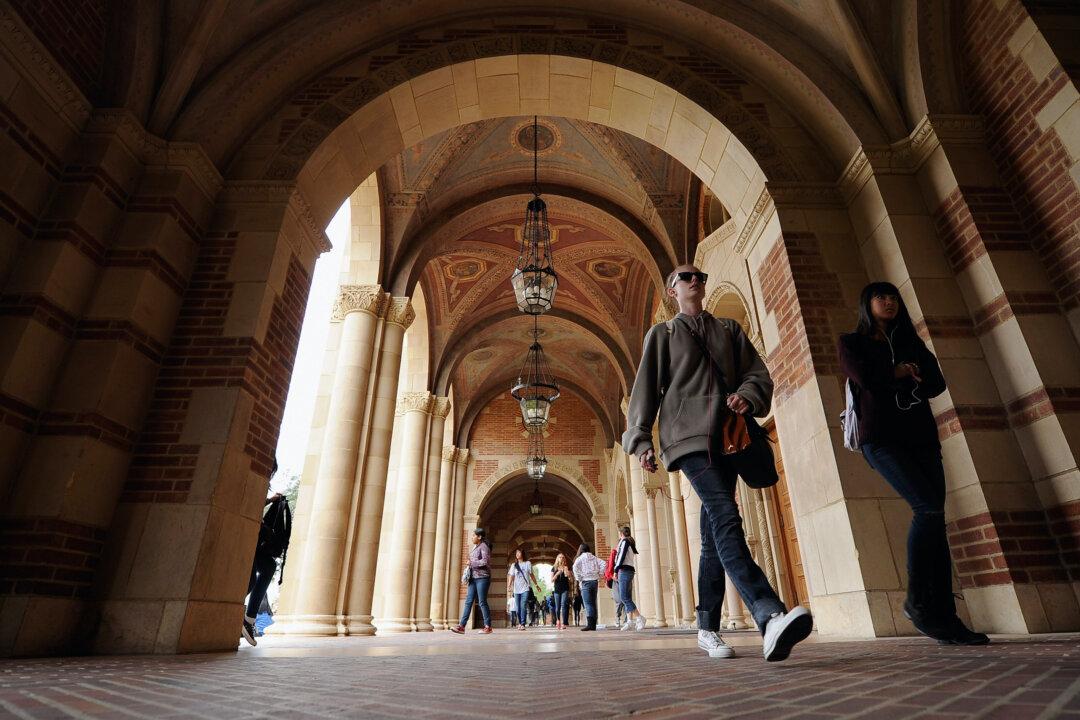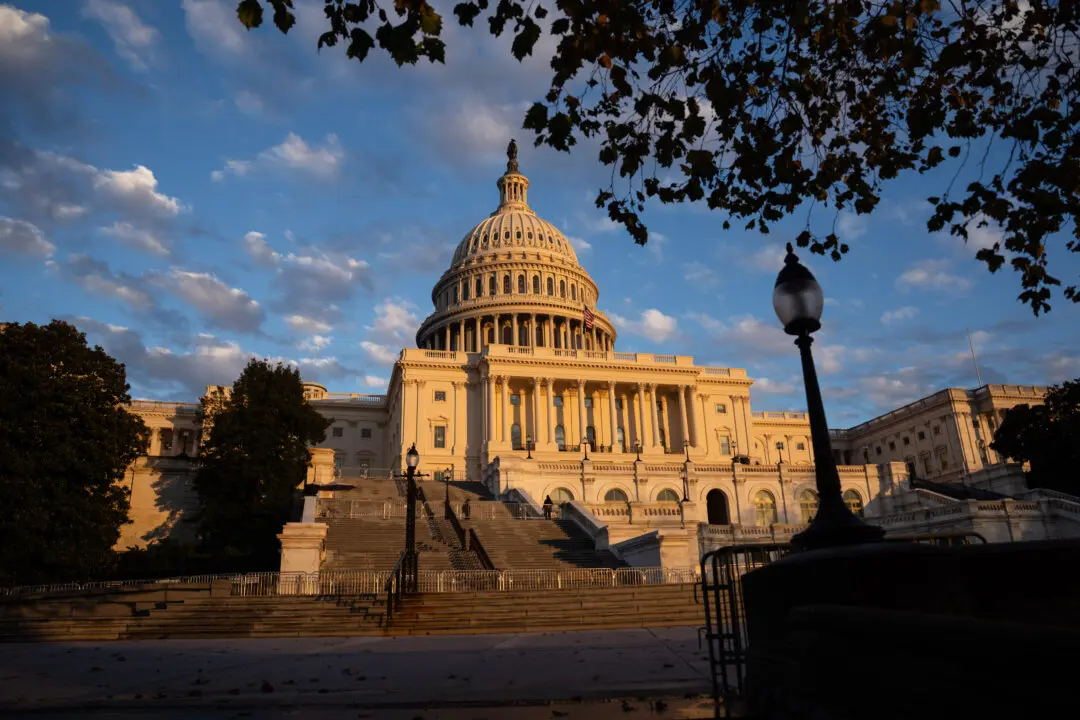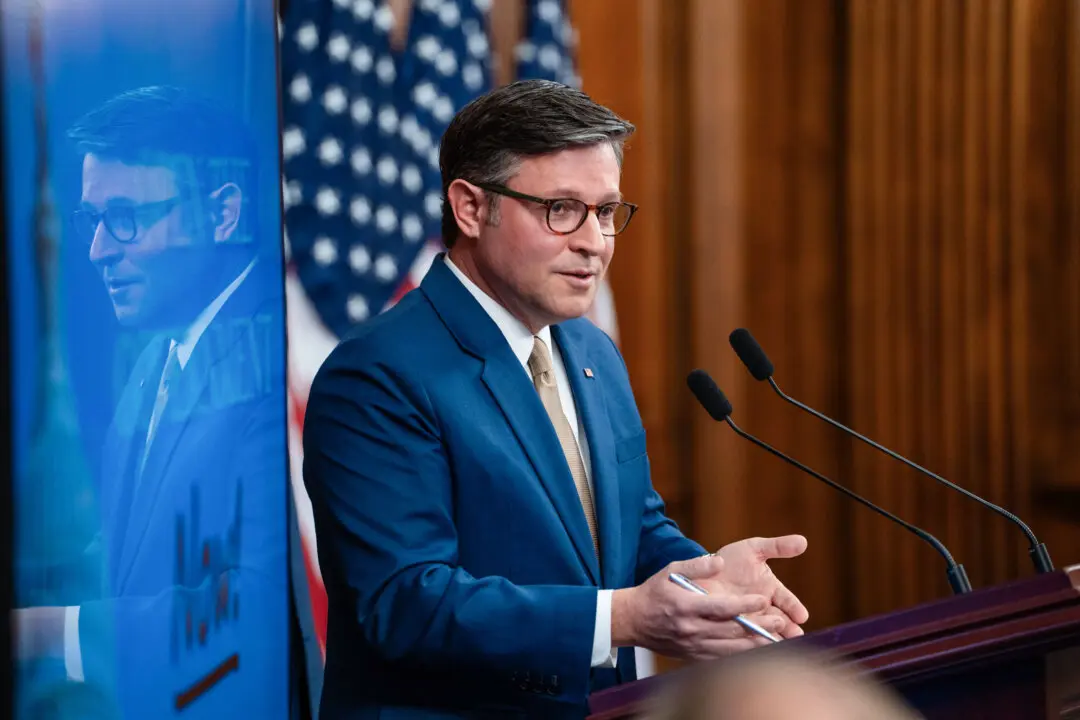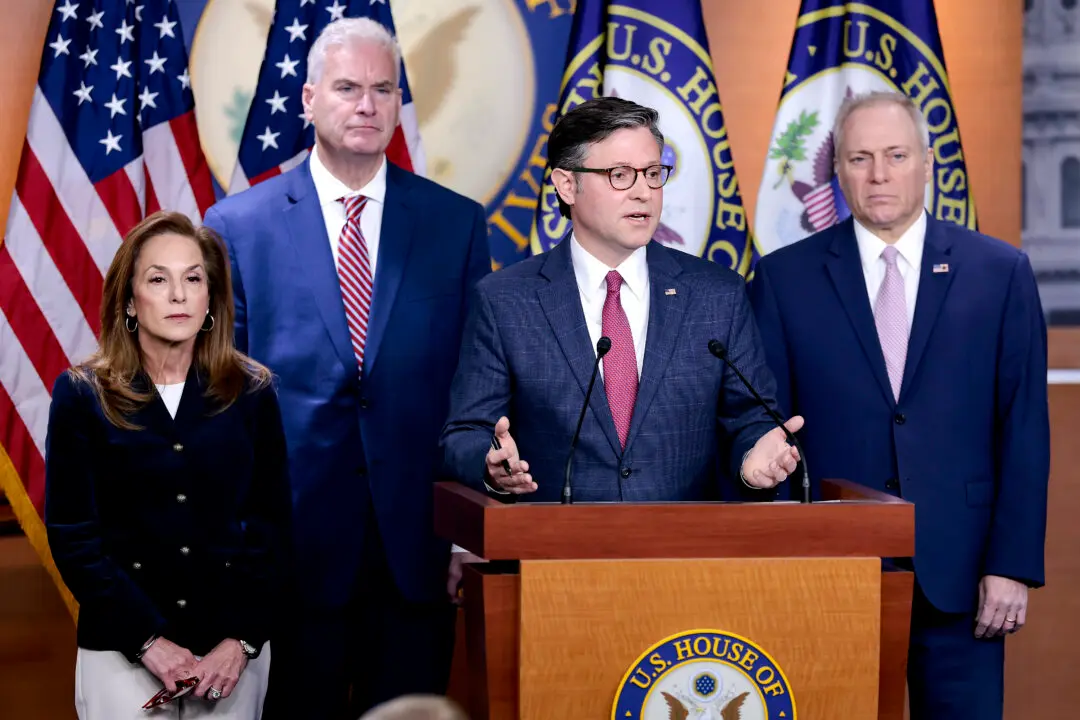The admissions process at many American colleges and universities may be dramatically altered after the June 29 Supreme Court ruling that overturns the practice of broadly applying racial considerations in the selection of incoming students.
The 6–3 ruling in Students for Fair Admissions, Inc. v. President and Fellows of Harvard College upends the longstanding practice of considering students’ race in granting admission.





